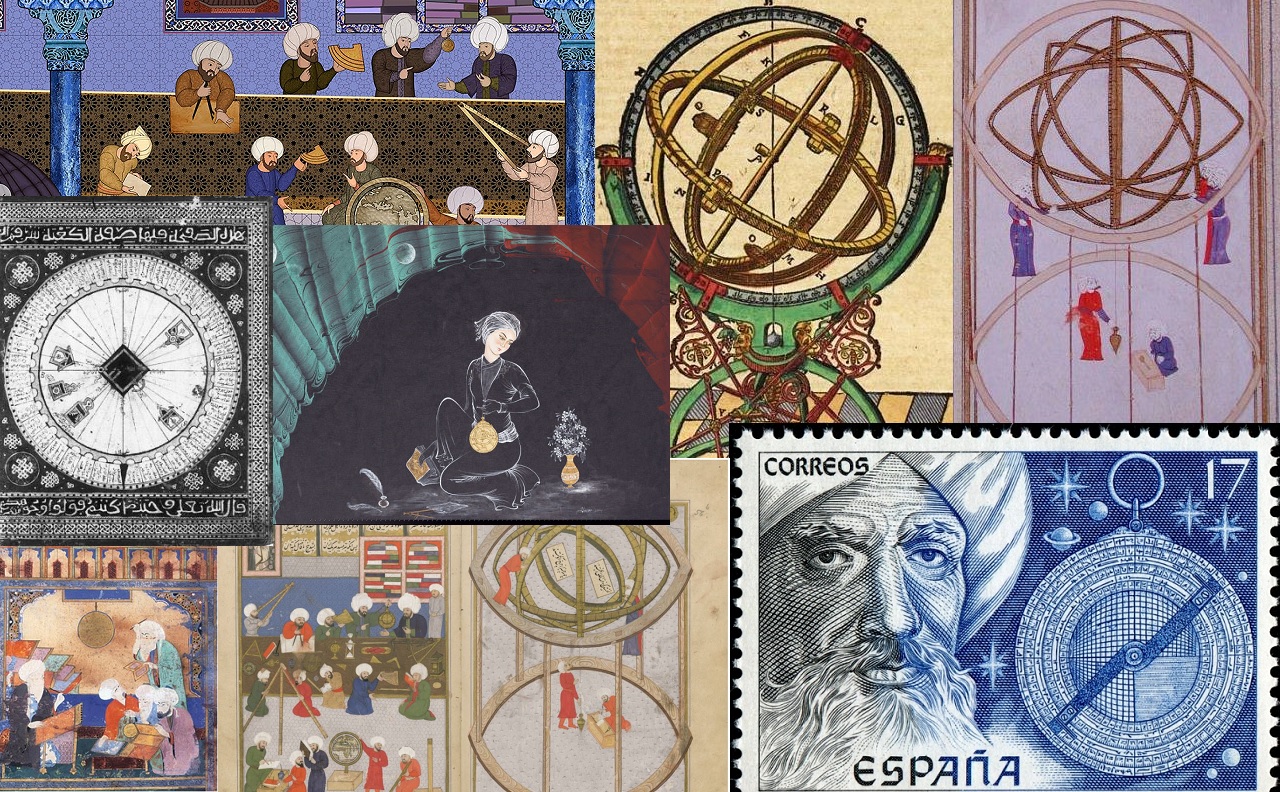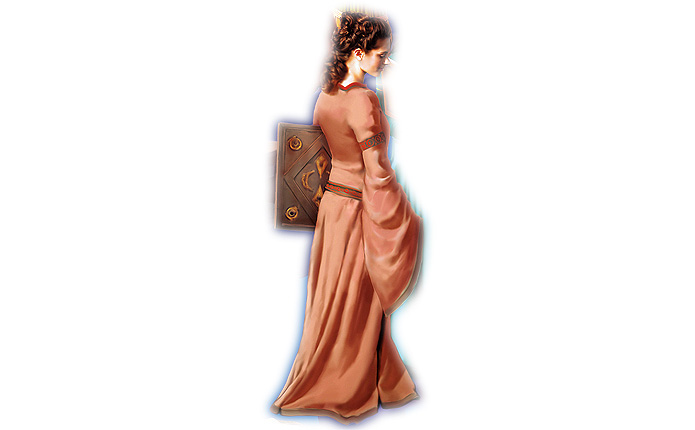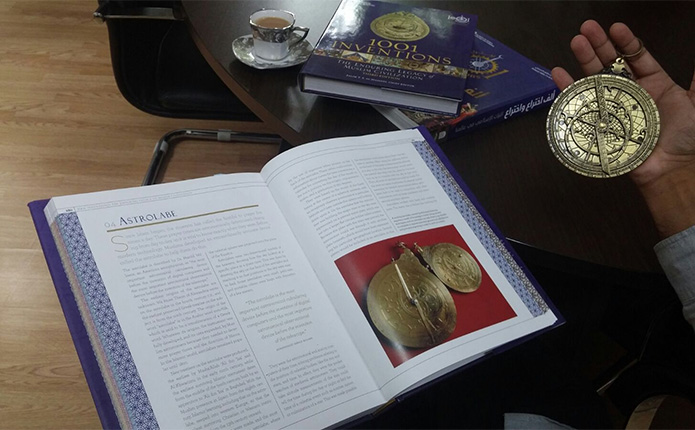

15-16th Century Italian-Islamic Exchanges of the Astrolabe and Effects on Visual Culture


Browse through selected images taken from Muslim Heritage articles related to Astronomy...


While there are numerous works on the role of Muslim women in jurisprudence (fiqh) and literature, there are also studies on Muslim women in education and in medicine - although on a much smaller scale…


Some people, unaware of what was accomplished during Muslim civilisation, believe that astronomy died with the Greeks, and was brought to life again by Nicolas Copernicus, the 15th-century Polish astronomer who is famous for introducing…


The Oxford Museum of the History of Science launched an online Al-Mizan Exhibition, this exhibition explores the connections between the sciences and arts in societies from Muslim Civilisation.


Over a thousand-year period in Muslim Civilisation, epoch-making discoveries and contributions, such as the first record of a star system outside our own galaxy were made. Also astronomical instruments including celestial globes, armillary spheres, sextants…


Syria in the 14th century was the scene of the most sophisticated developments in astronomy anywhere in the world. Shams al-Din al-Khalili was a muwaqqit, or mosque astronomer, in Damascus in the middle of that…


In the frame of the research project ‘Astrolabes in medieval Jewish society’, the Warburg Institute organizes a conference in London on 24-25 April 2014. The topics covered by this conference will be the astrolabe itself,…


The history of the astrolabe begins more than two thousand years ago, but it is in the Islamic classical world that the astrolabe was highly developed and its uses widely multiplied. Introduced to Europe from…


The measurement of the positions of the stars was developed and refined by scientists of the Muslim world and many kinds of Models were developed. These are described within this article.


Al-Battani used the widest variety of instruments: astrolabes, tubes, a gnomon divided into twelve parts, a celestial globe with five armillaries, parallax rules, a mural quadrant, sundials, vertical as well as horizontal.